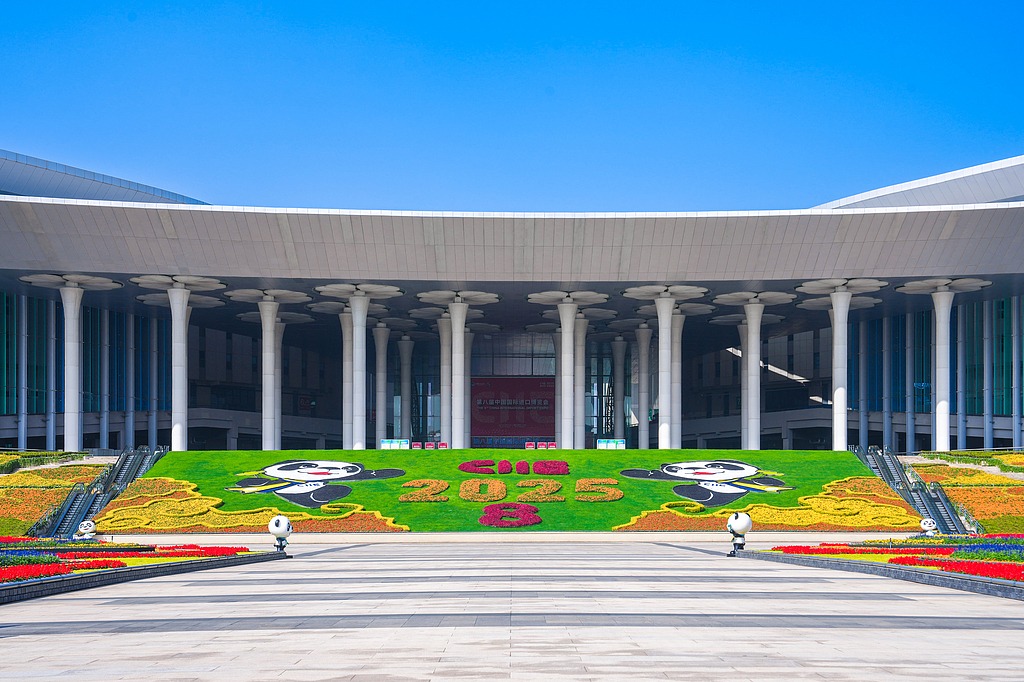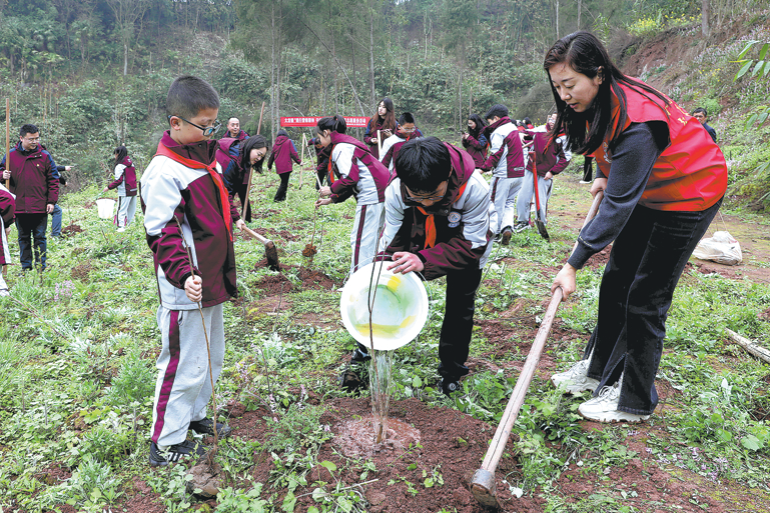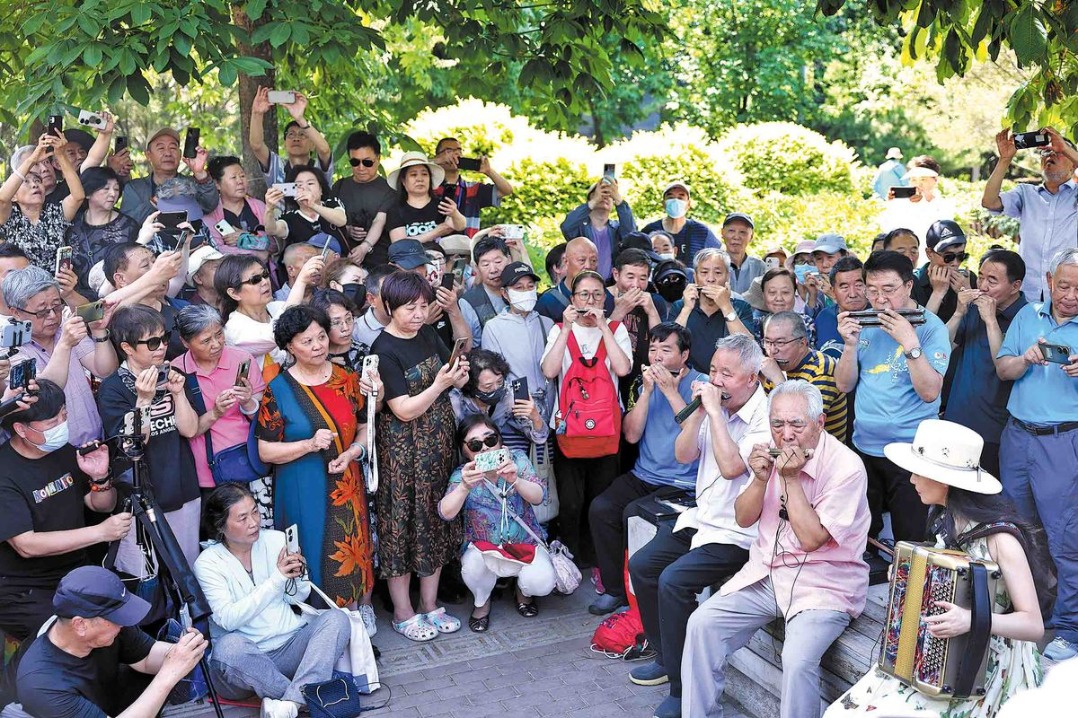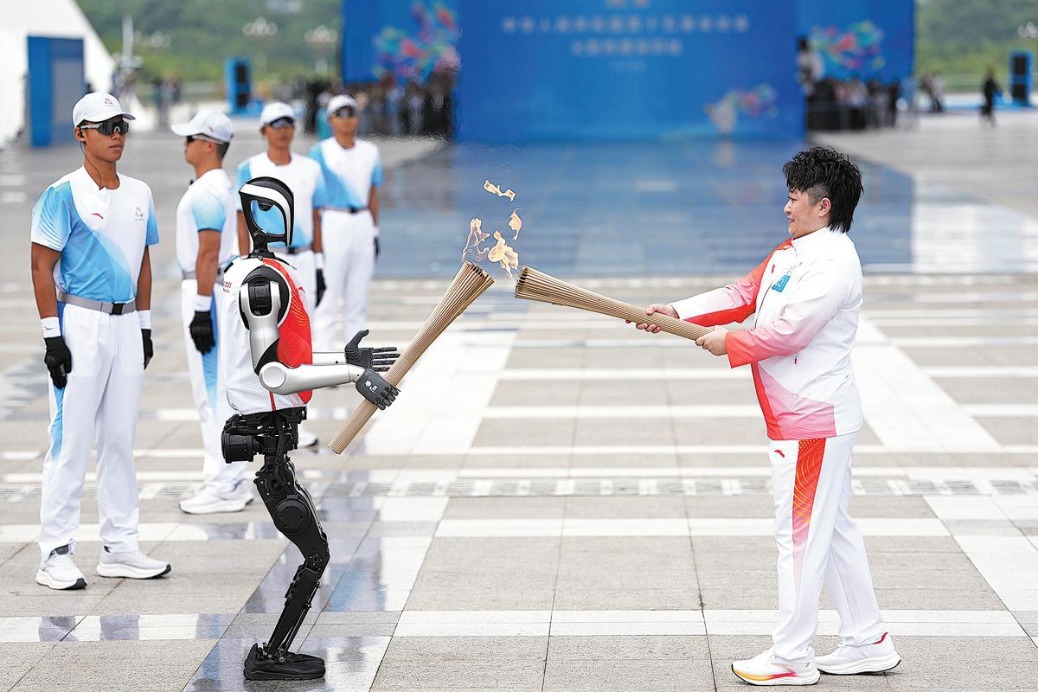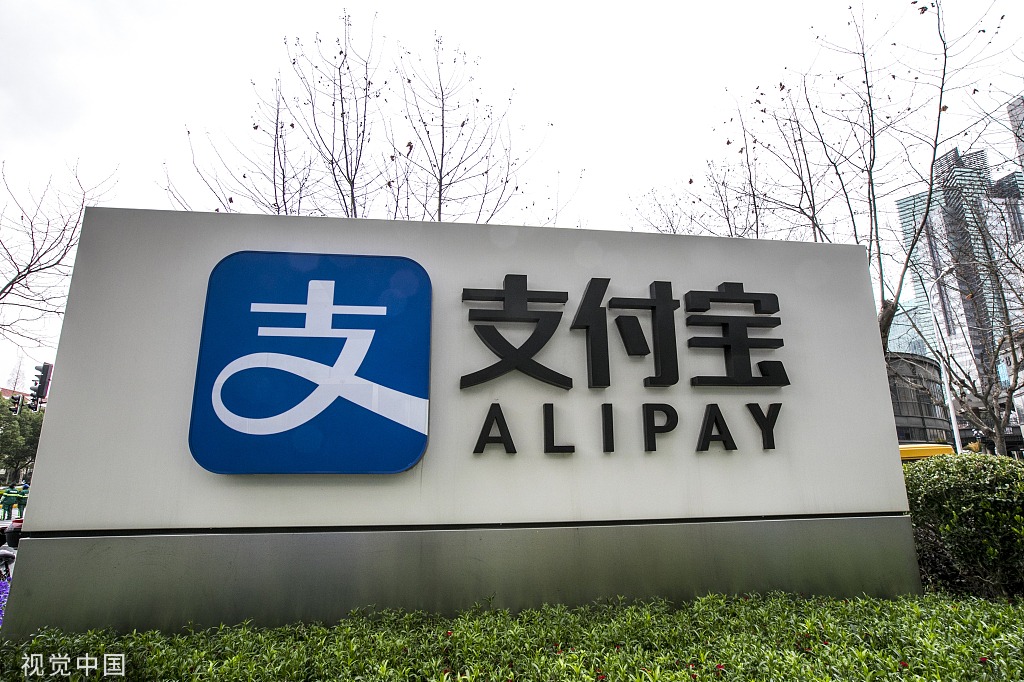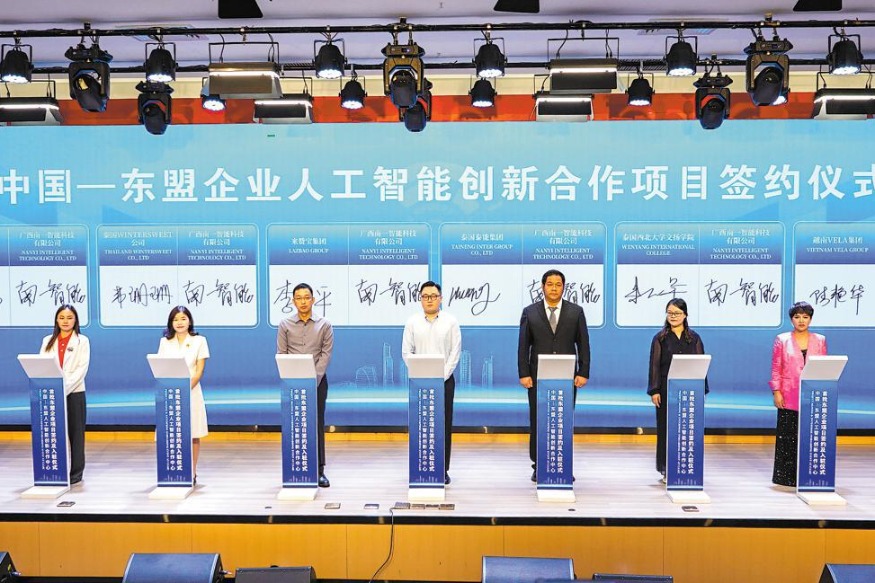Birth support policies target demographic changes

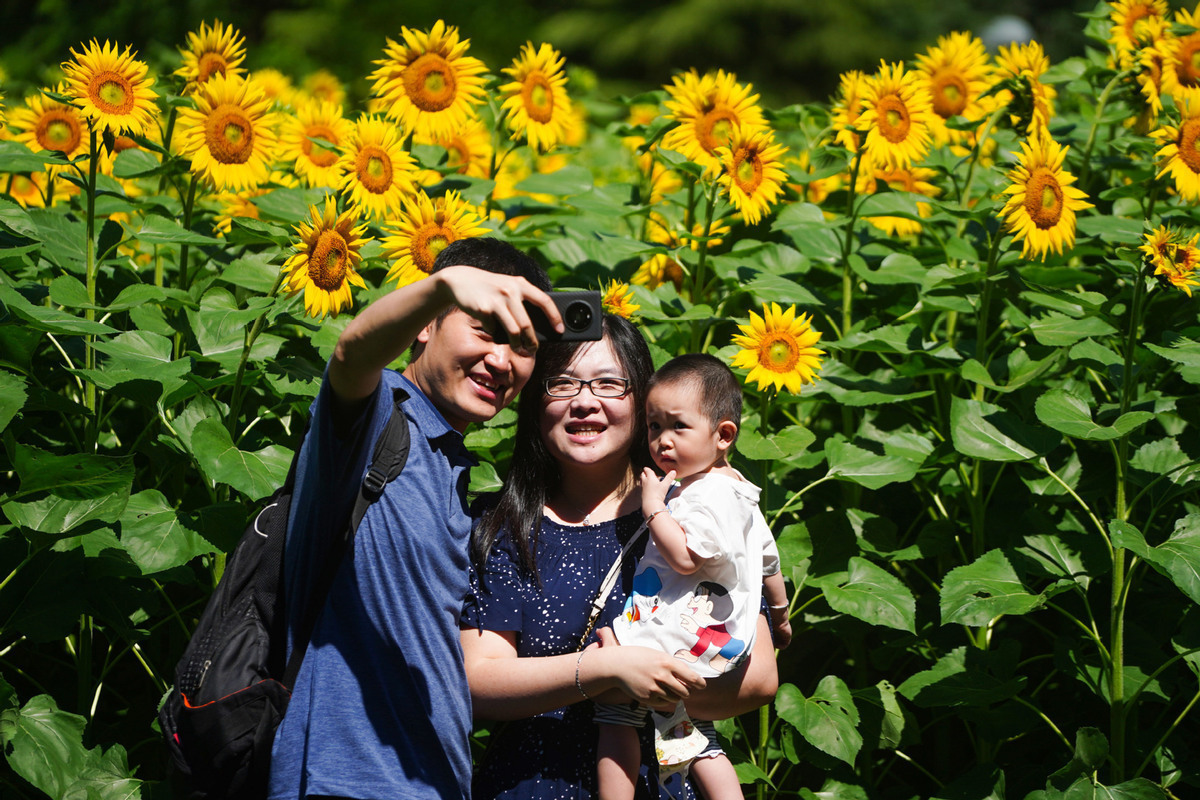
As part of broader efforts to support families and encourage childbirth, China introduced a nationwide childcare subsidy program on Monday that will commence this year.
The program will offer families 3,600 yuan ($503) per year for each child under the age of 3. The subsidies will be exempt from individual income tax and will not be counted as household or individual income when identifying assistance recipients, such as those receiving subsistence allowances or classified as living in extreme difficulty.
The full coverage of the subsidy, which is also applicable for families with only one child, reflects the inclusiveness and fairness of the policy.
The national childcare subsidy was first announced in this year's annual government work report in March. The policy, which is expected to benefit more than 20 million families, represents the government's latest effort to tackle the challenge of the low birth rate in the country.
International practices show that cash subsidies are an indispensable pro-birth measure. Most developed countries that earlier entered low-fertility stages have adopted similar childcare subsidies.
As one of the world's most populous countries, China is facing a dual demographic challenge: a shrinking number of newborns and a rapidly aging population. The country's birth rate and total number of newborns declined for seven consecutive years before experiencing a modest rebound in 2024. Meanwhile, China's population aged 60 and above had reached 310 million at the end of last year.
In response to this dual challenge, China has steadily loosened its family planning policies over the past decade. It phased out its one-child policy by allowing all married couples to have two children in 2016, and announced support for couples wishing to have a third child in 2021.
Multiple local governments have piloted similar subsidy programs over the past few years — some of which have offered generous incentives — as part of their own efforts to address these challenges.
For instance, the local government of Hohhot, the capital of North China's Inner Mongolia autonomous region, grants a one-time subsidy of 10,000 yuan for the first child in each family. A second child receives an annual subsidy of 10,000 yuan until the age of 5, and additional children are eligible for the same amount annually until the age of 10.
Shenyang, the capital of Northeast China's Liaoning province, provides a monthly subsidy of 500 yuan to local families with a third child until that child turns three.
Notably, Panzhihua in Southwest China's Sichuan province — arguably the first city in China to offer such subsidies — has witnessed positive growth in its permanent resident population for four consecutive years.
Meanwhile, the county-level city of Tianmen in Hubei province saw a year-on-year increase of 17 percent in its newborn population in 2024-significantly higher than the national average of 5.8 percent, and ending an eight-year decline, partly thanks to local birth support policies. Among the 7,217 newborns in Tianmen last year, more than half were second or third children, according to Xinhua.
Although to raise the birth rate is a very difficult task, some recent pro-birth policies are beginning to show results.
While the childcare subsidy is a key step toward easing the financial burden on families, it is not a cure-all. It is imperative that governments at various levels integrate the childcare subsidy program with other measures such as parental leave, childcare services, education and housing support measures so as to avoid limited impact from isolated efforts.
For instance, more attention should be paid to creating a more supportive work environment and better job opportunities for women.
In a separate move, the central government issued a directive last week urging local governments to draw detailed plans to introduce free preschool education. The central authorities are also ramping up nursery care services for children under the age of 3, aiming to relieve the pressures on working parents and improve early childhood development.
On the basis of the national childcare subsidy system, local governments are expected to introduce differentiated subsidy policies that fit their respective fiscal conditions. Through the coordinated efforts of the central and local governments, a multi-level and three-dimensional birth support policy will be formed.
















